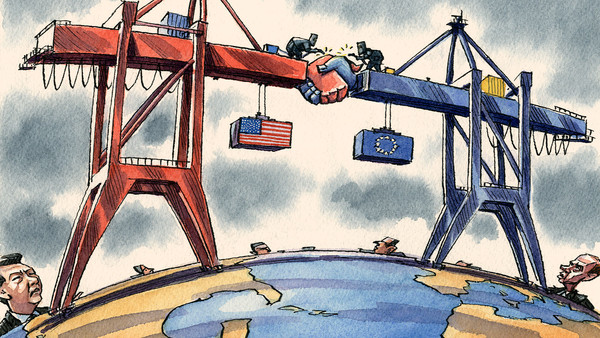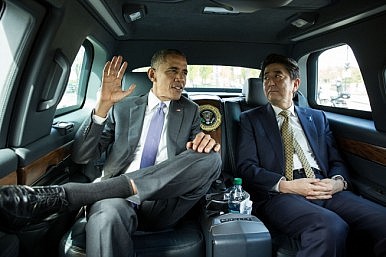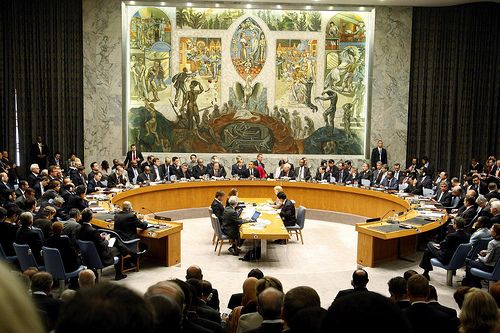Lawmakers in Washington and Brussels are working to determine their stance as they prepare for negotiation on a new economic partnership called the Transatlantic Trade and Investment Partnership (TTIP). Touted as the “Economic NATO”, the proposed TTIP would have tremendous economic ramifications for both parties. It is estimated that TTIP would increase bilateral export to $150 billion, and would create nearly 500,000 high-paying jobs over the next five years. In view of this development, it is important to examine how the proposed TTIP will affect Canada’s economic relations with its major trading partners.
A History of The Canada Clause
The idea of an “Economic NATO” roots back to Article 2 of Washington Treaty of 1949. This article is also known as the “Canada Clause” due to Canada’s role as its principal promoter. Over the course of NATO’s 64 years of existence, its members have facilitated an extraordinary amount of trade amongst themselves. Numerous trade agreements have been signed, though the impact of the “Canada Clause” is very difficult to measure. This is because most NATO members were close trading partners before and throughout their membership of NATO. For example, a large amount of Canadian trade before the Cold War era went to either the US, due to its geographical proximity, or the UK, due to Canada’s membership in the Commonwealth. Trade with other European partners opened up as Europe rebuilt itself after WWII. During the OPEC crisis and Nixon Shocks of the 1970s, Canada began to expand its global trading partnerships in order to reduce its over-reliance on US.
Economic NATO and Canada
The most significant aspect of the TTIP is its sheer scale. The rhetoric emanating from the principal actors involved leads us to believe that the TTIP will be more than a Free Trade Agreement. According to EU’s Trade Commissioner Karl De Gucht, the new Economic NATO will seek to eliminate the non-tariff barriers and regulations that currently exist, and further expands the “highway of trade” within US and EU.
However, two issues are expected to hinder the negotiation process. The first one involves the French audio-visual industry. Historically, the French have protected their domestic film and media industries from free trade to ward off competition from Hollywood. And the second issue would be regulation of financial services, which has been absent from all previous free trade agreements between the US and any other nation.
If TTIP negotiations become successful, Canada could be forced to review its current trade agreements with the US and EU. From a historical perspective, Canada has worked hard to maintain its trade links in the North Atlantic region. With the US, Canada has a well-documented history of trade agreements, including NAFTA in 1994, the Canada-US Free Trade Agreement (CUSFTA) and Auto-Pact before.
Renegotiation would be simply a means of protecting Canada’s trading attractiveness and economical interests with our largest trading partners. Negotiations over the TTIP are expected to take up sometimes given the comprehensive nature of the agreement. Even though all sides will have to make difficult concessions in various areas, the potential gains, as outlined earlier are very strong to reach an agreement. How these talks unfold will set a precedent, and a standard for Canadian trade negotiations in the future.




